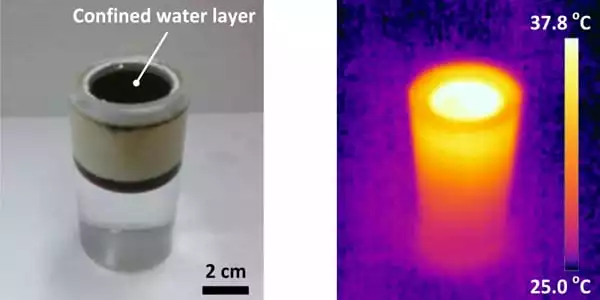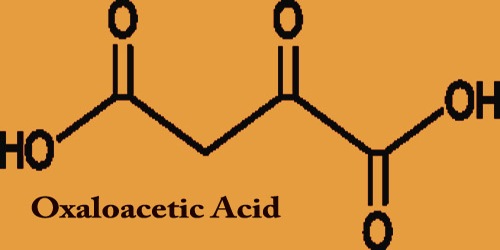Researchers created a desalination device that is more efficient and less costly than prior techniques. In addition to supplying freshwater, the technique may be used to treat tainted wastewater or generate steam for sterilizing medical tools, all without the need for any other power source except sunshine.
Water scarcity affects an estimated two-thirds of population, and many such places in poor countries also lack stable energy. As a result, widespread research efforts have concentrated on methods to desalinate seawater or brackish water using only solar heat. However, many such projects have encountered problems with equipment fouling caused by salt buildup, which often increases complexity and price.
A team of researchers from MIT and China has now devised a solution to the problem of salt accumulation, as well as a desalination system that is both more efficient and less expensive than prior solar desalination techniques. The procedure might potentially be used to remediate tainted wastewater or generate steam for sterilizing medical tools, all while using only sunlight as a power source.
The discoveries are presented in a study published today in Nature Communications by MIT graduate student Lenan Zhang, postdoc Xiangyu Li, mechanical engineering professor Evelyn Wang, and four others.
“There have been a lot of demonstrations of really high-performing, salt-rejecting, solar-based evaporation designs of various devices,” Wang says. “The challenge has been the salt fouling issue, that people haven’t really addressed. So, we see these very attractive performance numbers, but they’re often limited because of longevity. Over time, things will foul.”
Many attempts at solar desalination systems rely on a wick to draw saline water through the device, however these wicks are prone to salt accumulation and are difficult to clean. Instead, the researchers concentrated on creating a wick-free system. The end result is a layered structure with black material on top to absorb the sun’s heat, then a thin layer of water above a perforated layer of material, all sitting atop a deep reservoir of saline water, such as a tank or pond. The researchers identified the appropriate size for the holes drilled in the perforated material, which in their studies was made of polyurethane, after careful calculations and trials.
There have been a lot of demonstrations of really high-performing, salt-rejecting, solar-based evaporation designs of various devices. The challenge has been the salt fouling issue, that people haven’t really addressed. So, we see these very attractive performance numbers, but they’re often limited because of longevity.
Lenan Zhang
The perforations are large enough to allow for natural convection circulation between the warmer upper layer of water and the colder reservoir below. That circulation naturally takes the salt from the tiny layer above down into the much bigger body of water below, where it becomes well-diluted and no longer a concern. “It allows us to achieve excellent performance while simultaneously preventing salt accumulation,” explains Wang, the Ford Professor of Engineering and chairman of the Department of Mechanical Engineering.
According to Li, the benefits of this technology are “both excellent performance and dependability, particularly in harsh settings where we can deal with near-saturation saline water As a result, it’s also quite useful for wastewater treatment.”
He goes on to say that much of the research on solar-powered desalination has centered on new materials. “In our situation, however, we employ very low-cost, nearly domestic stuff.” According to him, the key was examining and comprehending the convective flow that drives this essentially passive system. “People claim you constantly need new, expensive materials, intricate structures, or wicking structures to do it. And, I believe, this is the first to accomplish it without the use of wicking structures.”
This new method “provides a promising and efficient path for desalination of high salinity solutions, and could be a game changer in solar water desalination,” according to Hadi Ghasemi, a professor of chemical and biomolecular engineering at the University of Houston who was not involved in the research. “Further work is required for assessment of this concept in large settings and in long runs,” he adds.

Just as hot air rises and cold air falls, Zhang explains, natural convection drives the desalination process in this device. In the confined water layer near the top, “the evaporation happens at the very top interface. Because of the salt, the density of water at the very top interface is higher, and the bottom water has lower density. So, this is an original driving force for this natural convection because the higher density at the top drives the salty liquid to go down.” The water evaporated from the top of the system can then be collected on a condensing surface, providing pure freshwater.
The rejection of salt to the water below might also result in heat loss in the process, thus preventing this needed careful engineering, including creating the perforated layer out of highly insulating material to keep the heat focused above. The sun heating at the top is achieved with a simple layer of black paint.
So far, the team has demonstrated the concept using small benchtop devices, so the next step will be to begin scaling up to devices with real uses. According to their calculations, a system with just 1 square meter (approximately a square yard) of collecting area should be able to meet a family’s daily drinking water needs. Zhang says they calculated that the necessary materials for a 1-square-meter device would cost only about $4.
According to Li, their test apparatus ran for a week with no symptoms of salt accumulation. Furthermore, the equipment is incredibly stable. “Even if we apply some significant perturbation, such as waves on oceans or lakes,” where such a device may be deployed as a floating platform, “it can return to its original equilibrium position very quickly,” he says.
According to Zhang, the work required to translate this lab-scale proof of concept into commercially viable devices and improve the overall water production rate should be completed within a few years. The first uses are anticipated to include supplying safe water in isolated off-grid regions, as well as disaster relief following hurricanes, earthquakes, or other disturbances to typical water sources.
Zhang goes on to say that “if we can focus the sunlight a little bit, we could use this passive technology to generate high-temperature steam to undertake medical sterilization” in off-grid rural areas. “I believe the developing world represents a significant opportunity,” Wang says. “Because of the simplicity of the design, I believe that is where the most likely impact will be felt in the near term. If we really want to get it out there,” she continues, “we also need to work with the end users to actually be able to accept the way we design it so that they’re willing to utilize it.”















